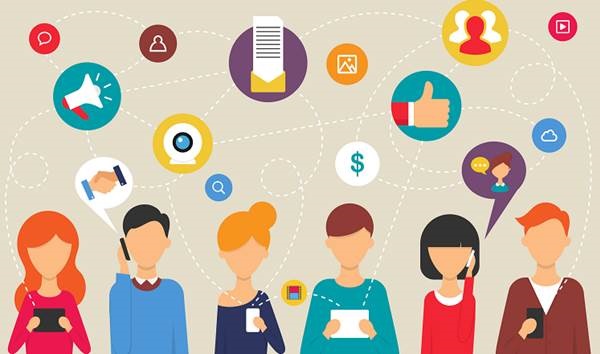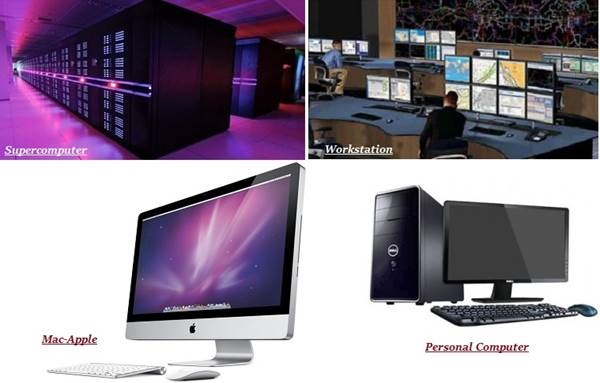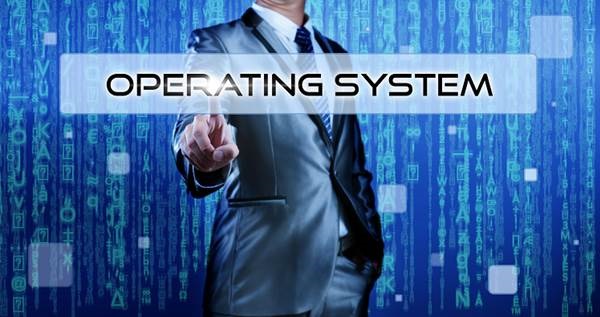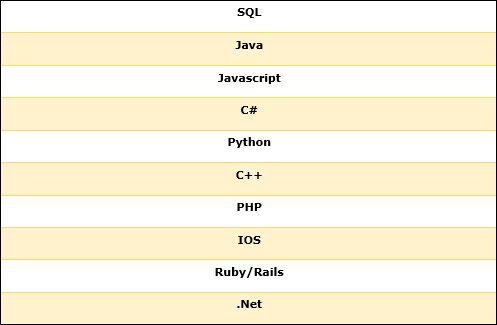In this chapter, we will discuss the major terminologies used in computer networking −
WAN
It stands for Wide Area Network and covers a wide area such as a city.
LAN
It stands for Local Area Network and covers a small area such as a small office or home. It physically connects all the computers located in the premises.
Internet
It is a computer network system that connects the computers of the world. It is normally connecting through WAN and LAN.
Intranet
It is a close room computer network system, as it covers a small area and only authorized people can access it.
Extranet
It is also a sort of Internet the access to which is granted only to a few.
World Wide Web (WWW)
It is the service that is used on Internet to view and search contents (in the form of web-pages).
Instant messaging (IM)
It is an online facility that facilitates us to chat or talk. Such service is provided by Skype, Google Talk, Windows Live Messenger, Yahoo Messenger, etc.
Voice over Internet Protocol (VoIP)
It is a Protocol, which is used especially for voice transfer over IP network. Likewise, it facilitates users to make phone-calls by using internet.
Really Simple Syndication (RSS)
It is a technique, which is used for the dissemination of information, articles, etc. Users normally subscribe to the RSS channel in order to receive news. After subscription, users do not need to visit the respective website rather they receive emails regarding the same.
Web log
It is a sort of online inventory (normally on a specialized topics) that consists of a series of entries. These entries are arranged in opposite chronological order. The person who maintains the weblog regularly update it with a new information.
Podcast
It is a digital file that normally contains audio or video record and is available on the Internet as well.
Social networking websites
It refers to the websites that facilitate users with a common platform where they can share their message (in text, audio, or even video form), images, videos, etc. For example, Facebook, Google+, Twitter, LinkedIn, MySpace, etc.

Chat Rooms
It is a dedicated area on the Internet that facilitates users to communicate.
Public Switched Telephone Network (PSTN)
It is a technical expression for public telephone system.
Integrated Services Digital Network (ISDN)
It is a set of communication standards that transmits voice, video, data, and other network services simultaneously.
Asymmetric Digital Subscriber Line (ADSL)
It is a sort of digital subscriber line (DSL) technology that facilitates faster data transmission.
Download
It is a process that saves data from Internet onto a personal computer.
Upload
It is a process that transfers the saved data from a personal computer to Internet server.
Dial-up
It is a technique in which a phone line is used in order to connect to the Internet.
Broadband
It is a wide bandwidth data transmission that transports multiple signals and traffic types swiftly.















